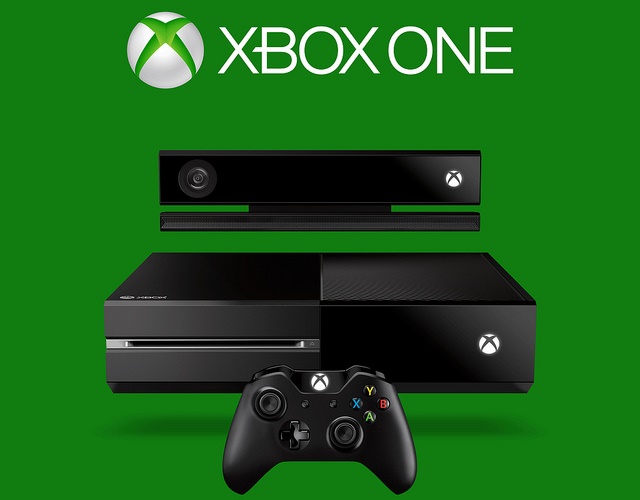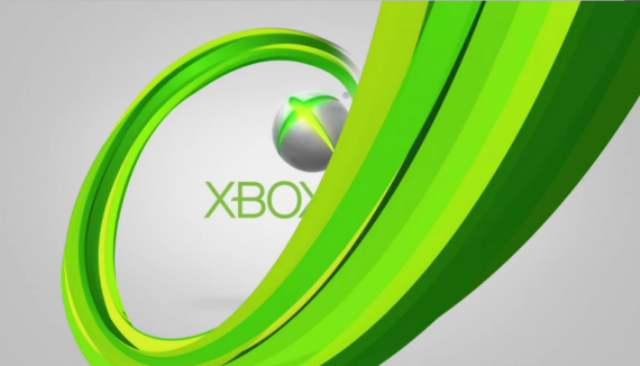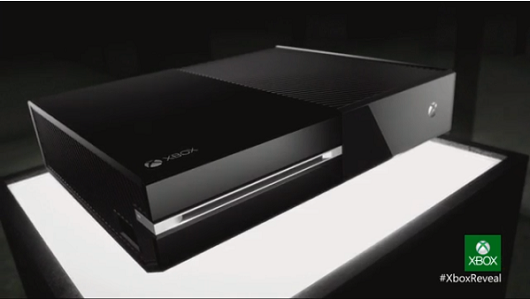 13 years ago
13 years ago
Xbox One unveiled
After years of waiting and speculating on the part of gamers and the press, Microsoft President of Interactive Entertainment Business Don Mattrick today unveiled the company’s next-generation console, the Xbox One, at an event broadcast live from Microsoft’s Redmond, WA campus. The new console, which will launch worldwide later this year, is the successor to Microsoft’s Xbox 360 console, which launched in November of 2005. The Xbox One is Microsoft’s third home video game console, with the original Xbox having been launched in November 2001.
In a stark contrast from competitor Sony’s PlayStation 4 unveiling, Microsoft showed the world what the Xbox One console (pictured above), controller and Kinect sensor looked like almost immediately at the start of the event. All three piees of hardware are primarily black, with the Xbox One and Kinect sensor having hard rectangular shapes. The new controller appears similar in shape to the old one, but has an improved d-pad, triggers and more. Microsoft promised that there are 40 design innovations in the new controller.
Though much of the show failed to focus on actual games, Phil Spencer, corporate vice president of Microsoft Studios, revealed that Microsoft is working on more than a dozen Xbox One games. “We have more titles in development now than in any other time in Xbox history,” said Spencer. “I’m proud to announce that Microsoft Studios plans to release 15 new games in the first year of Xbox One.” Spencer stated that eight of those titles are brand new franchises.
 13 years ago
13 years ago
What do developers want from the next-gen XBLA?
Tomorrow at 10 am PDT, Microsoft will likely tell us all some things we already know. The Xbox creator will also tell us plenty that we don’t already know. Some rumors will probably be proven true, others false. New games and features will be discussed and, in some cases, shown. Ultimately, the curtain is going to fall on Microsoft’s event before the public hears everything it wants to hear. Microsoft is only going to tease us, with a more complete showing of all its console plans for the years ahead not coming until the console holder’s traditional pre-E3 media briefing on June 10.
But tomorrow we will know something we don’t know today. We’ll know something about what direction Microsoft plans to steer the Xbox brand in over the course of the next generation. Sitting here right now, I can honestly say that I know nothing more than any other gamer who’s followed the supposed leaks over the past few years knows about what we’re going to see tomorrow. Rather than make educated guesses about what might be shown tomorrow and at E3, XBLAFans is following up last week’s look at how developers feel about XBLA as it currently stands by having them speak about where they want to see it go in the next generation.
During PAX East this past March, we cornered six game developers and asked them one question: If you could change any one thing or add any one feature to the next-generation version of Xbox Live Arcade, what would it be?
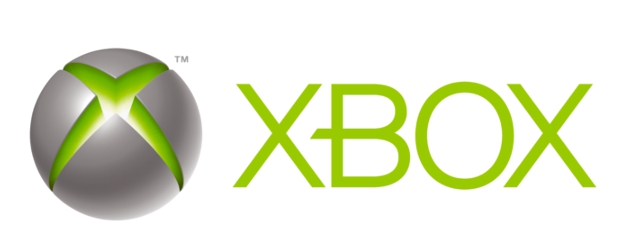 13 years ago
13 years ago
Rumor: New Xbox to be released by end of year at two pricepoints
The notable Windows IT Pro blogger that stated last month the new Xbox reveal would be delayed has released more speculations about the new Xbox. Now Paul Thurrott of WinInfo …
Read More
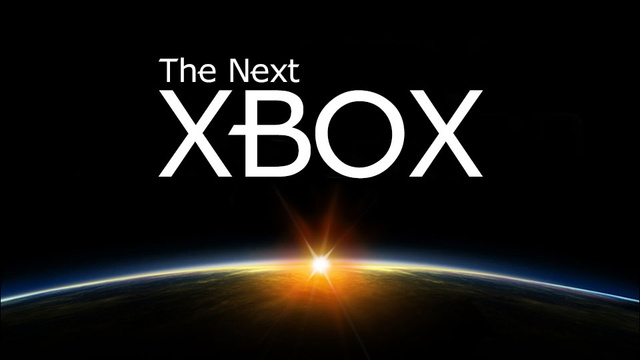 13 years ago
13 years ago
Next-generation Xbox rumor roundup
Official word on Microsoft’s next-generation Xbox — believed to be codenamed Durango — is expected to come out during the May 21 Xbox event with more details to follow at the company’s pre-E3 press conference in June. Last month, Pete Isensee, principle program manager at Microsoft Xbox, told UBM Tech that, “In many ways, the next generation is already here in the form of natural user interfaces powered by Kinect.” Naturally, Microsoft wants to keep the focus on the Xbox 360, the Kinect sensor and titles shipping on the system; however, plenty of rumors have been popping up as the reveal grows ever closer.
One of the most controversial rumors is the Durango’s supposed “always on” requirement. Meaning an internet connection is required to boot any application or game. Allegedly trustworthy sources tell Kotaku the “always on” requirement was still planned as recently as March. They also said a network troubleshooter will display if the system loses connection for more than three minutes during a session.
The good news is nothing is official. It could be that “always on” doesn’t affect games at all. With the poor consumer reaction and Sony officially stating the PS4 needs no internet connection in order to be used, it’ll be interesting to see what Microsoft does.
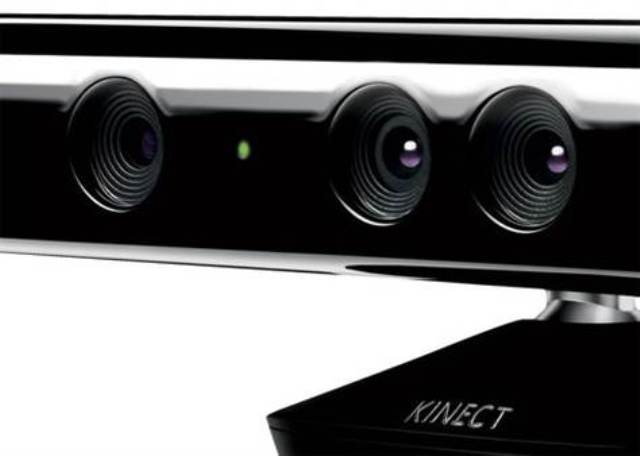 13 years ago
13 years ago
Rumor: Next Xbox to ship with Kinect, new controller and 500GB HDD
Microsoft’s still-unannounced next-generation Xbox console will ship with a new control pad, a 500GB HDD, a “much-improved” Kinect motion sensor and the ability to run multiple games/apps simultaneously, according to a Kotaku source who claims to be in possession of a development kit for the machine said to be codenamed Durango. According to Kotaku’s article, all Durango SKUs will not only ship with a Kinect sensor, but they will also only function when one is connected.
This latest next-gen scuttlebutt follows in the still-crashing wake churned up by another round of rumors that XBLAFans reported on just last week. The sources behind those rumors also asserted that the so-called Xbox 720 would bring with it a new and improved version of Microsoft’s motion-sensing technology.
Regular next-gen rumor followers will be familiar with Kotaku’s latest rumor source, who goes by the handle “SuperDaE.” He, as Kotaku identifies him, caught gamers’ attention last summer when he attempted to sell what he said was an Xbox Durango dev kit on eBay. Interestingly, SuperDaE said the sale was intercepted by Microsoft and prevented from going through on account of copyright issues. Microsoft has not acknowledged as much and is unlikely to considering that it has so far done everything short of wave its collective hand in front of a Kinect sensor like some sort of Jedi Knight and confidently state that there is no next-gen Xbox whenever the subject has been broached.
SuperDaE’s information, which was supposedly gleaned from a score of Microsoft whitepapers, points to the next-gen Kinect sensor being capable of tracking up to six gamers simultaneously (up from two in the current version) and 25 of each player’s skeletal joints (up from 20). Color and depth resolution and depth range are said to be getting dramatic increases, and “Active IR resolution” is reportedly being added to Kinect’s specs. The whitepapers say Kinect will always be watching users and that it will automatically detect players and associate them with their Xbox Live accounts.
 13 years ago
13 years ago
Next Xbox: Better with Kinect…Blu-ray, persistent online and game activation codes?
Late last week Microsoft’s most direct competitor in the home console space, Sony, announced a February 20 event that will presumably be the coming-out party for its next-gen PlayStation 4 console, the existence of which has still not been officially confirmed by Sony. Microsoft has joined its cross-Pacific rival these last few years in being equally tight-lipped when it comes to the next Xbox being something instead of nothing, the latter of which essentially being what Redmond would have gamers believe.
It’s total malarkey, of course, as Microsoft has undoubtedly been working on the successor to the Xbox 360 for years and has reportedly been kicking around the idea of holding its own special event to show and/or tell the world what’s in the (next) box.
Unfortunately for curious Xbox fans, proving a shred of any of that continues to be a hurdle that is cleared with all the ease and grace of releasing DLC for a two-and-a-half-year-old licensed XBLA game from a major publisher.
Instead we’re left with rumors, more of which popped up today on Edge. “Sources with first-hand experience of Microsoft’s next generation console” reportedly leaned in close to the Great Ear of the Internet and whispered some things that Microsoft’s PR department may or may not have wanted them to whisper. Trench coats with suspiciously popped novelty-sized collars were presumably donned by all parties involved.
Today’s gossip pertains to several rumors, all of which have been floated out at least once before by other media outlets, but Edge’s source speaking about them again only serves to lend further credence to them being grounded in reality. Word is that the next Xbox console will utilize 50GB Blu-ray game discs, require users to always be online, and, unsurprisingly, have new and improved versions of Kinect and Xbox Live. Perhaps most interesting is the assertion by said source that the Xbox Durango, as the machine has been rumored to be internally codenamed, will employ a system designed to eliminate the possibility of retail next-gen Xbox games being resold by consumers. As mentioned, Durango would require a constant internet connection “in order to function.”
 13 years ago
13 years ago
Latest next-gen Xbox rumor has the console launching holiday 2013
If “people familiar with the company’s plans” are to be believed, then Microsoft has a holiday 2013 release in mind for the Xbox 360’s successor. Bloomberg was informed by anonymous sources that the console that’s said to be codenamed Xbox Durango will make its way to retailers in time for next year’s Thanksgiving.
Bloomberg’s tipsters were, unsurprisingly given the sensitive nature of such information, light on details. The only other tangible morsel of information discussed was what Microsoft has yet to decide: where and when to finally show the console to the world. Microsoft is said to be wavering between pulling back the curtain at the Electronic Entertainment Expo in June of 2013 and doing so at special event held specifically to debut the next-generation platform.
E3 seems the obvious choice, as the annual Los Angeles convention is usually the site of more major industry announcements than every other event held in any given year. It was not, however, Microsoft’s choice for the initial Xbox 360 announcement. The current Microsoft console’s coming out party was a May 2005 event all its own that was broadcast on MTV.
 13 years ago
13 years ago
Microsoft says recent ‘new Xbox’ quote was misunderstood
The news that a Microsoft employee had publicly referenced the existence of a “new Xbox” spread rapidly across video game media outlets and blogs this past Monday. Microsoft Windows Live General Manager Brian Hall’s perceived reference to a next-gen home gaming platform to succeed the Xbox 360, released in November 2005, in the same breath as talk about Windows 8 would have marked the first time anyone working for the console holder acknowledged its existence. However, the publisher has since spoken with IGN about what most believed was an accidental slip of the tongue by Hall and said his words had been misunderstood by the media.
“The comments to The Verge were not understood in their intended context,” reads the statement Microsoft issued. “When Brian [Hall] mentioned a ‘new wave of products,’ he was referring to the full lineup of products coming later this year from Microsoft, including Windows 8, Office, Windows Phone and of course our fall Xbox update which will bring a host of new consumer experiences like Xbox Music, Videos, Games on Windows 8 and Xbox SmartGlass.”
That’s it then, right? Case closed. There is no new Xbox. Never was, never will be. Except for that there is. Proving as much isn’t really possible, but, in addition to the fact that there must be one simply because creating new consoles every several years is just what’s done in this industry, there are a number of reasons to believe the follow-up to the 360 is a thing. Epic has released sizzle footage of its next middleware engine, Unreal 4, in action. Ubisoft and LucasArts showed off games this past E3 that are all but confirmed to be coming to the PS4 and Xbox 720 (Watch Dogs and Star Wars 1313, respectively). A little while back, Kotaku‘s Stepen Totilo even went ahead and said, “people are making video games for the next PlayStation and the next Xbox.”
 13 years ago
13 years ago
Windows Live GM (accidentally?) confirms existence of ‘new Xbox’
As far as surprises go, Microsoft Windows Live General Manager Brian Hall’s frank admittance that there will be a successor to the Xbox 360 fell somewhere between Michael Phelps’ recent dominance of a multitude of swimming events at the London Games and NASA successfully concluding the 352-mile journey of its 2,000-pound rover Curiosity on Mars last night. To narrow that down a bit, that Microsoft is working on the follow-up to the nearly seven-year-old home of XBLA is about as (un)surprising to most gamers as that guy who swims really well swimming really well.
Despite the best wishes of the Big Three first parties of gaming that cyclically dump enormous sums of money into developing, launching and marketing home video game platforms, the life-cycles of their systems are always finite. The trio has managed to stretch the elastic holding this console generation together further than most industry vets and gamers would have thought possible only a few years ago, yet they have been unable to magic up the secret to console immortality. And so there was Hall letting the X out of the Box last week just over a minute into The Verge’s podcast. What’s more, the general manager mentioned Windows 8 — the software developer’s next operating system, coming to retail October 26 — in the same sentence as the next-gen Xbox.
“We’ve had Hotmail and operated Hotmail for about sixteen years. We obviously have Exchange, and Outlook, that people use at work,” he told The Verge before continuing on to mention Windows 8 and the 360’s eventual replacement. “We just decided it was time to do something new and bring the best from each of those and put them together and release it right in time for the new wave of products that we could have coming out with Windows 8 with the new version of Office with the New Windows phone and the new Xbox.”
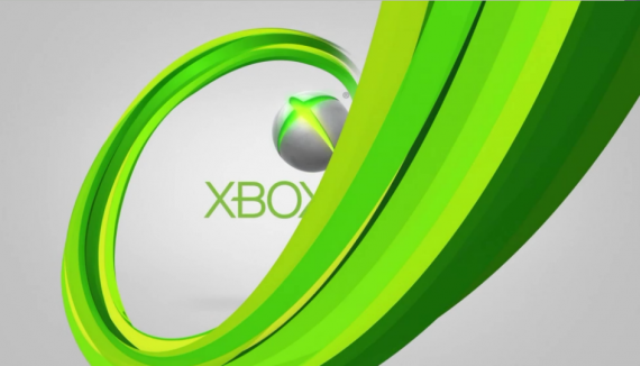 14 years ago
14 years ago
Sources: Xbox Durango getting Blu and two in 2013
Microsoft recently stating on the record that the Xbox Durango/720 won’t be officially announced at E3, and likely not until next year, has done little to quell the constant stream of “insider sources” reporting this, that and the other about the next-generation console. The trend continued today. Tipsters informed VG 24/7 that Redmond-based Microsoft plans to launch the Xbox 360’s successor during the holiday 2013 season. That wasn’t all they had to say, either: the next Xbox will also feature a Blu-ray drive and two GPUs if these informants are to be believed.
Today’s release whispers are in line with what some previous industry canaries have been singing, but they fly in the face of the 2014 launch scuttlebutt that has arisen from other loose lips that sink ships, and they certainly don’t match up to the 2012 reports that some deep throats had falsely reported prior to the console-maker’s assertions to the contrary. The lesson here is that while game console rumors, while fun, are a bunch of bologna as often as they are legitimate leaks. On top of that, even legitimate leaks can end up being inaccurate down the road when the manufacturer in question changes its strategy in response to technology developments, movements by the competition, cost issues or any of a great number of other factors.

